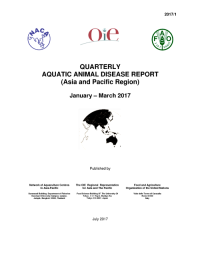The Australian Centre for International Agricultural Research (ACIAR) has a job opening for Fisheries Research Program Manager. The position is based in Australia and reports to the Chief Scientist. The position is responsible for managing a portfolio of fisheries research and development projects commissioned by ACIAR. The projects are typically partnerships between research institutions in Australia and agencies within ACIAR's partner countries in the Indo-Pacific and aim to improve the productivity and sustainability of fisheries.
The SEAFDEC-Sweden project is seeking a Gender and Social Development Specialist with a knowledge and passion for gender equality, human rights and social development. As a Gender and Social Development Specialist, you shall have deeper understanding of gender, human rights and social development aspects helping SEAFDEC-Sweden project, its implementing partners and project staff on how to promote gender equality, human rights and social development through internal practice and gender analysis.
Each year, the Sustainable Rice Platform brings together its members and dialogue partners to discuss collaborative approaches and innovative solutions to critical sustainability challenges facing the rice sector. This year, the SRP will convene the First Global Sustainable Rice Conference and Exhibition, from 4-5 October in Bangkok, Thailand.
A regional consultation on aquaculture feed production and use in Asia-Pacific was held from 7-9 March 2017. The consultation reviewed the current situation of aquaculture feed production and use, sourcing of ingredients, policy and research needs. This collection contains audio recordings of the technical presentations made by experts, international organisations, the private sector and governments in the region. The report of the consultation is in press and will be made available for download in due course.


